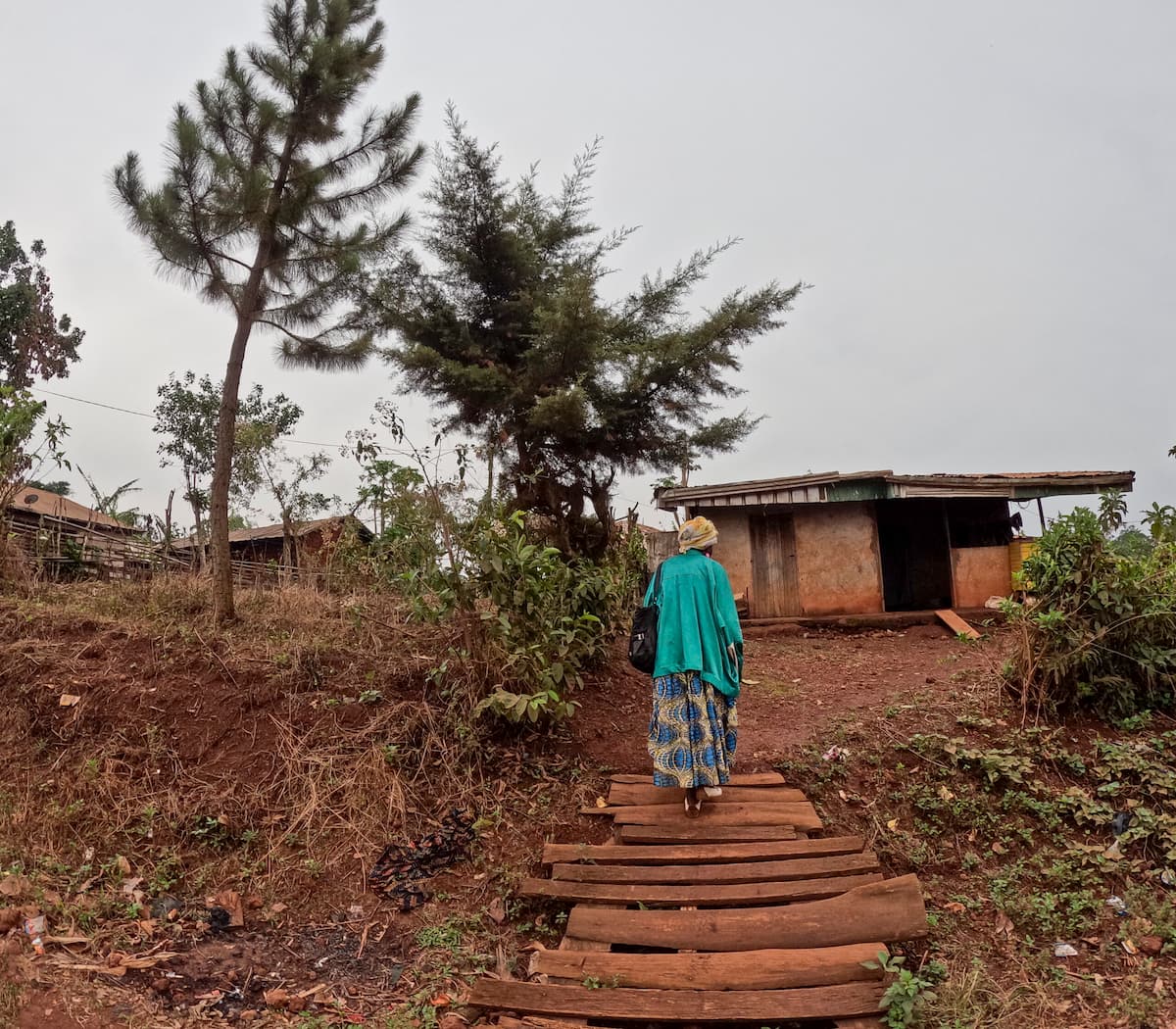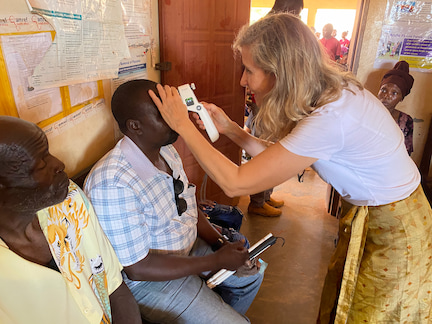Cervical cancer, or cervical cancer, which commemorates its international prevention day this Sunday 26th, is the most common form of cervical cancer. second most common type of cancer among women worldwide, with an incidence of more than 604,000 new cases in 2020, and an estimated 342,000 deaths per year, located 90% in low and/or middle-income countries.
The projections for the disease in the period 2010 to 2030 show an upward trend in cases, with the risk for trend of increasing cases, with the risk being higher for women in low-development countries, particularly on the African continent. It is estimated that, at present, more than one million women suffer from this type of cancer.The majority of those who have not yet been diagnosed have not yet been diagnosed, nor do they have access to treatments that could cure or prolong their lives. cure them or prolong their lives.
Cervical cancer in Africa
The age of highest prevalence of cervical cancer is 40-55 years, with a variation between countries, so that in environments with a lower level of development the age would be lower. In Africa, cervical cancer mortality rates are 10 times higher than in Spain. In Spain, this indicator stands at 2 deaths per 100,000 inhabitants, while in sub-Saharan African countries, such as Cameroon, the rate rises to 20.8 deaths. The difference is notable and is largely due to screening and testing programmes. early detection countries with higher HDI which, together with those with higher HDI, have been early treatments of the disease, allow reduce fatalities by up to 80%.
On Africa, on the other hand, early detection is rare and is carried out on an ad hoc basis, as there is no habit among women to be screened. women are not in the habit of having regular gynaecological check-ups due to a paid health system. gynaecological check-ups due to a fee-paying health care system. On the other hand, the high HIV incidence in the continent results in an increase in the immunocompromised population and thus increases the risk of immunocompromised population and thus increases the risk of contracting HPV (human papillomavirus), a pathology that is at the origin of 95% of the cases of HPV. HPV (human papillomavirus), a pathology that is at the origin of 95% of cervical cancer cases. cervical cancer.
For all these reasons, while cervical cervical cancer is in Europe a disease easy to diagnose and to treatwith a good prospect of recovery, the disease represents one of the most represents one of the major causes of mortality among the female population on the continent African.
Targeting cervical cancer: early detection
The Recover Foundation carries out awareness campaigns in Cameroon. These campaigns revolve around a triple objective: raise awareness women about the importance of gynaecological check-ups, diagnose quickly positive cases and provide treatments early, including therapeutic surgery (conisation or hysterectomy), in order to prevent progression.
The importance of early detection of the disease is one of the objectives. These campaigns include smears and subsequent reading, taking biopsies (in the event of abnormal results) and analysis, as well as interventions as appropriate (conisections and hysterectomies). The cervical cancer project developed by the Recover Foundation also contributes to research.














